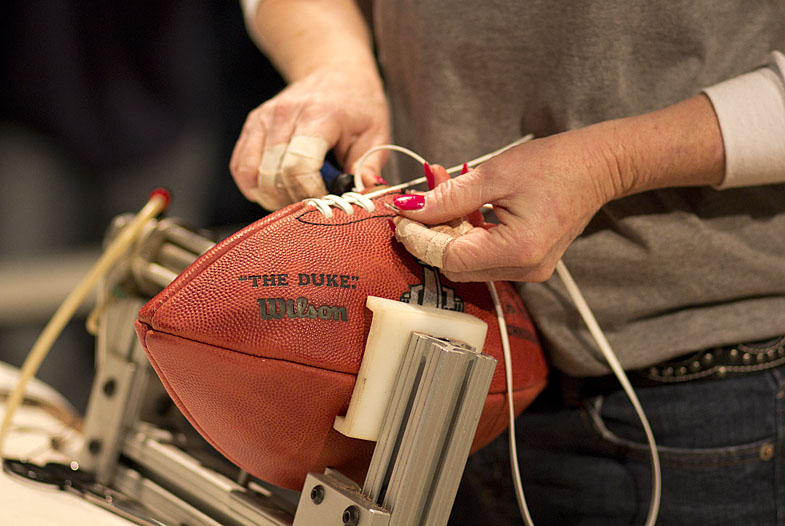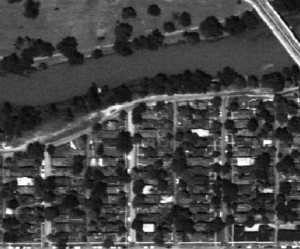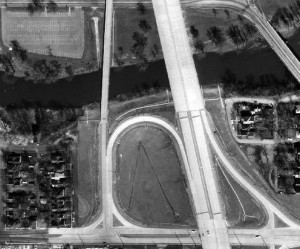I’d been holding on to my grandparents’ old manual typewriter for 10-plus years, regarding it as a cherished if no longer functional possession. As a writer, I valued its purpose. And as a sentimental fool, I appreciated its connection not just to my beloved grandmother and grandfather but also to a time of fewer distractions and more focused, carefully considered communication.
The Kurt Vonnegut Memorial Library recently posted on its Facebook page that it was looking for a 1960s-era Smith-Corona manual typewriter, preferably a blue one, to use in an exhibit. Reading the post, and in spite of my fondness for that old Cougar XL, I knew it was time to say goodbye to my grandparents’ typewriter. I never used it; the powder-blue beauty sat in a dark corner of my attic. Without question, it would be better off as a centerpiece in an exhibit celebrating the work of Kurt Vonnegut.
Before shipping the typewriter to the library, I positioned it in a bathtub and took this photo. I’m sad to see it go, but I’m thankful it will assist in telling the story of a great American author.



